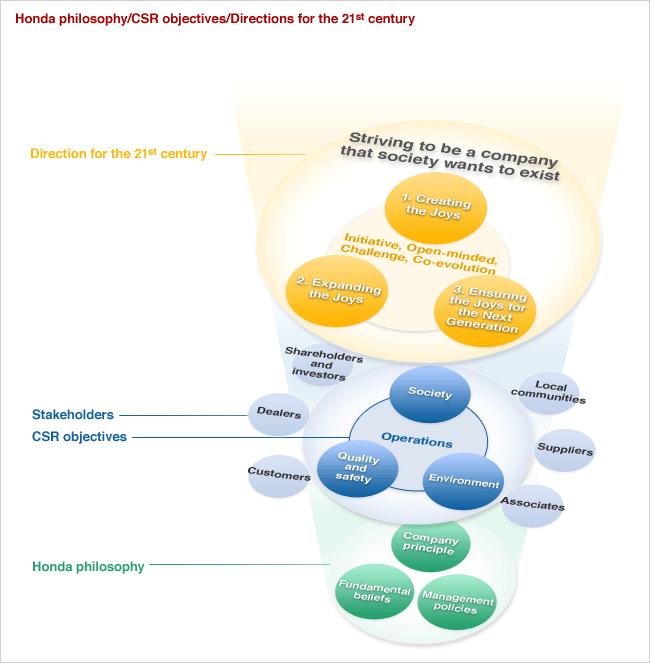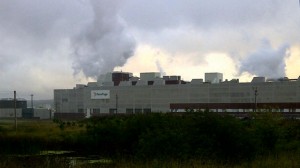
Photo Credits: http://www.toms.com/our-movement
After reading a recent post from Ernest Li on TOMS‘s social enterprise, he mentioned one of the key founding principles that TOMS was built upon: providing shoes to children. As an owner of a pair of green corduroy TOMS, I support the “One for One” movement and I think that social entrepreneur, Blake Mycoskie had a beautiful vision when we envisioned that what the world needed was for people to make “everyday choices that improve the lives of children”.
The social value that Blake Mycoskie creates is empowerment. He empowers children to be engaged participants of their community by first, helping them achieve a basic physical need. By having healthy feet and protected shoes to wear, these children can be active and youthful without worrying about catching diseases, getting cuts, and furthermore, they are able to go to school with a complete student uniform. The social value created through the One for One movement means that are one step closer to reaching their full potential.
Some may argue that the price of the shoes, $50-$60 CND is relatively high compared to other shoes of its kind. However, there is a charitable aspect attached to the purchase that many are willing to make the donation. The overall effect on consumers is that they achieve a sense of philanthropy and a new pair of trendy, comfortable shoes.
The overall benefits to society is happy consumers, healthy children and happy feet all around the globe!
Although this quote addresses only females, I believe that it fits well for everyonet:
“Give a girl the right shoes, and she can conquer the world.”-Marilyn Monroe

Photo Credits: http://www.toms.com/womens/classics?view=all




